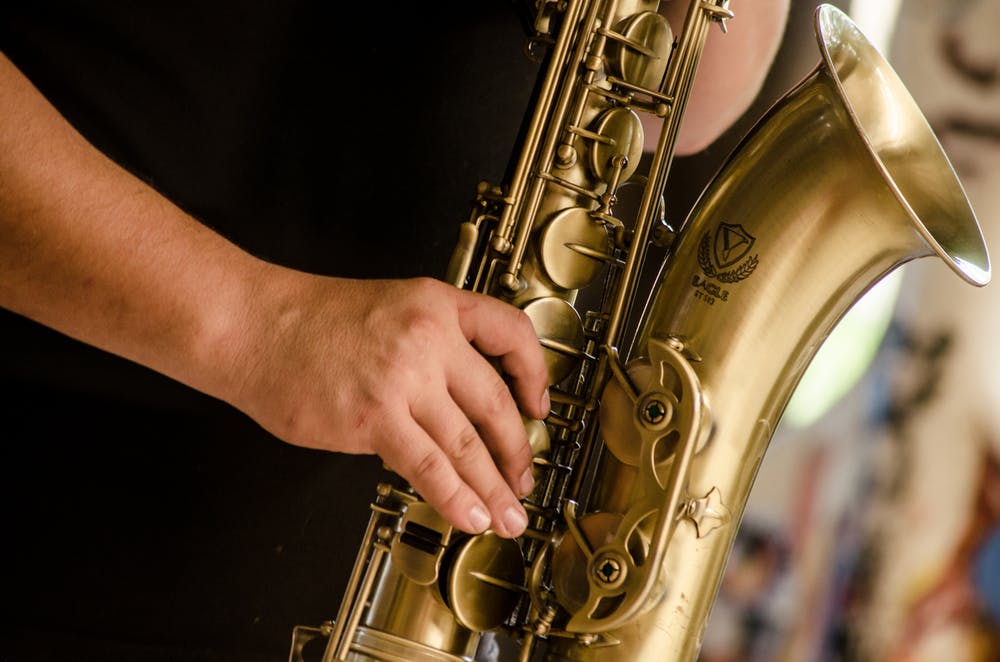|
By: R. Mautner The iconic music style of jazz grew popular during the 1920s for its distinctive sound techniques, marking the modern period of music as it defied any previous norms that traditional styles had imposed. Many argue that jazz was a pivotal point in the development of modern music essentially for creating space for improvisation in jazz compositions. This is mainly what gives jazz its unpredictable sound of flare and dynamism. However, this gives many the misconception that jazz falls under a chaotic or even ‘wrong sounding’ category of music.
Underneath what may sound uncontrolled and messy there often lies a variety of hand-picked features and styles which usually defy their classical predecessors. A key innovation of jazz is the escape from traditional time signatures – specific ratios that determine the rhythm of a song – such as 2:4 and 6:8, to others rarely or never used before, such as 5:4, 7:4 and even 13:8. Another way in which jazz deviates from traditional music relates to key. The key signature of a piece is the central tone from which the melody usually changes, then returns, for example, C Major. Although it was held for centuries as a belief that pieces needed a key to follow, many jazz composers began writing atonal melodies, that is, sequences that follow no specific key - “Free Jazz”. The genre can be best described as a combination between musical techniques specific of the modern period and the originality that comes from improvisation. A term widely used in the context of art and expression which matches this description fittingly is controlled chaos, frequently associated with bold and energetic works of art and music. The product of this all is an innovative, unusual and for many, engaging sounding music. As it refreshed listeners from the classical and romantic periods, jazz grew popular during the 1920s and to this day remains one of the most iconic and original styles of music.
0 Comments
Leave a Reply. |
Categories
All
Archives
June 2024
|

